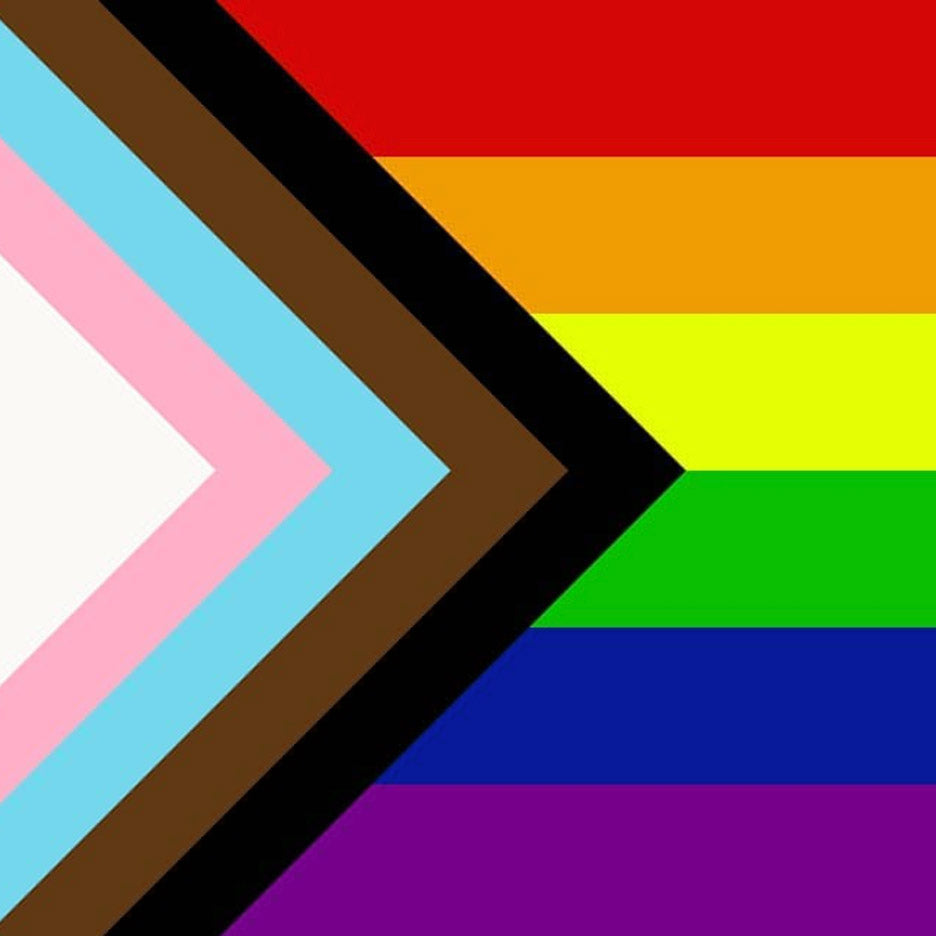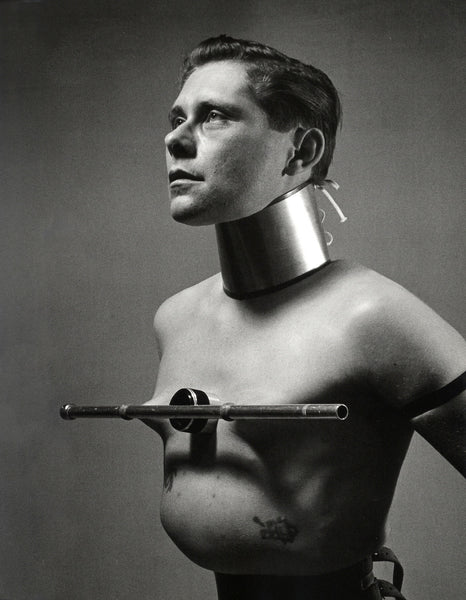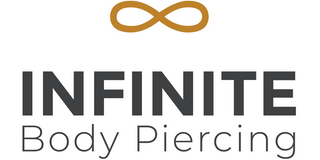
Piercing Is Gay
We’re here, and we’re queer—and always have been! As we enter PRIDE month, we’re looking back on the history of modern piercing, from where it started to where we are today. Piercing is gay, and has been from the very beginning.

[Leather & Gay Pride in Paris, France in 2010. Philippe Leroyer via Flickr.]
While body modification has roots in every culture in the world, modern body piercing is a much more recent phenomenon, birthed in its current form in the mid seventies by a group of (mostly) gay leathermen and piercing fetishists in California. You can read the fully uncensored and unadulterated history of modern piercing in Jim Ward’s excellent Running the Gauntlet. (For a snapshot of the last few decades of piercing history in Philadelphia, check out our post from when Infinite turned twenty-five years old.) The condensed version: Modern piercing in the U.S., at least as we know it today, can be essentially traced back to three people: Doug Malloy, Jim Ward, and Fakir Musafar.

Doug Malloy was the pseudonym of Richard Simonton, a California businessman and serial entrepreneur who is most well-known (in the piercing community) for two things: establishing most of the (fabricated) histories for many modern piercings through his 1975 book The Art of Pierced Penises and Decorative Tattoos, and for fronting Jim Ward the money to start Gauntlet, the first modern piercing studio in the United States—and most likely the world.

Jim Ward is the founder of Gauntlet. Established in 1975, Gauntlet grew from a small piercing studio and jewelry manufacturer in Los Angeles to include locations in San Francisco, New York, a franchise in Paris, and a huge jewelry manufacturing business. While Gauntlet unfortunately fell victim to predatory business practices by insiders and filed for bankruptcy in 1998, Jim is still active in the piercing industry. He published his memoir in 2011, and is currently part of the editorial team of The Point: The Journal of the Association of Professional Pierciers.

Fakir Musafar was the Yin to Jim Ward’s Yang. Born Roland Loomis, Fakir began documenting his piercing and body modification practices as a teenager, explored the rituals of Native Americans, (which is not without its criticism), coined the term “Modern Primitives,” and often played with gender presentation and identity. He teamed up with Jim at the early Gauntlet, and was a big part of the creative vision that produced Piercing Fans International Quarterly (PFIQ) magazine. Fakir, more than anyone else, was responsible for the photo documentation of the early piercing scene, and defined the industry’s aesthetic for years to come. Fakir continued to oversee piercer training for a younger generation through his seminars until his untimely passing in 2018.

Like many body art practitioners of my generation, I discovered piercing through Gauntlet—after seeing an ad in the back of On Our Backs magazine, one of the first women-run erotica publications in American history. As a teenage art-school student, I would spend hours flipping through books and magazines at Philadelphia’s Giovanni’s Room, the oldest LGBTQ & feminist bookstore in the United States. As a queer teenager who grew up in the suburbs, spending time in this gay space was a revelation for me in so many ways.

My original piercing apprenticeship was in the back of a leather shop in Philadelphia’s Gayborhood. It was called the Leather Rose, and I spent many Tuesday nights there in the company of heavily muscled gay men who were just as likely to come to work in chaps and leather vest than not. I found a copy of The Art of Pierced Penises in a bargain bin at a porn shop that is still open around the corner. The location of the leather shop is now a bridal store.
Many of my early piercings were done by Raelyn Gallina, a traveling modification artist from San Francisco who was sponsored by Female Trouble, a Philadelphia-based women’s leather club. These were sacred women’s spaces, and unapologetically queer.

Throughout the ‘90s, piercing continued to be firmly rooted in the gay community. Body modification artists joined the fight for body autonomy, for the right to be able to do with our bodies as we decided—be it sex or piercing or tattoos. As gay rights were fought for, battle lines were drawn on the idea of pornography and erotica. Body piercing was firmly the domain of the pro-sex feminism, with advocates such as Carol Queen and Suzie Bright, in addition to Annie Sprinkle, porn star, educator and activist, PFIQ cover model, and lover and muse to Fakir Musafar. Most of us in the body piercing community were part of the second camp, loudly advocating for our right to do with our bodies what we wanted, without judgement and without shame. Sexual expression was a form of political activism, and we were unapologetically “out” anywhere we could make a statement: from fetish clubs to acting in independently produced queer porn.

Until then, tattooing and piercing were still very separate, and piercing’s “queerness” alienated us from most existing tattoo studios, which were still very much a heterosexual (and unfortunately more often heterosexist) domain of men. It wasn’t until piercing exploded in popularity in 1993 that tattoo shop owners started to capitalize on it—and reap the financial benefits of the new trend.
Now, the majority of our clients aren’t old enough to remember piercing’s beginnings, and many weren’t even around when Infinite first opened its doors in 1995! While many of us from “back in the day” may lament the death of the early days of piercing, I’m still amazed that I can making a living doing this, much less oversee two studios that give over a dozen people the opportunity to do the same—not to mention the thousands of clients who have come through the studio and trusted us to help them on their journey of self-discovery.
For many (most?) of us, piercing sparked something in us at a time we were discovering our bodies and our sexuality. We were discovering who we were at the same time we were deciding who we wanted to be. Body art was a companion in our journey, whether we struggled with coming out, transitioning, settling on our pronouns, or deciding that we were something else—between all the categories that we saw laid out for us.

[NYC PRIDE 2017, image by Brian Lin via Flickr.]
At Infinite Body Piercing, we invite everyone to celebrate PRIDE month with us, especially those of you for whom piercing has been a part of discovering your true self, no matter what path you may find yourself on. Happy PRIDE.

Comments
Leave a comment